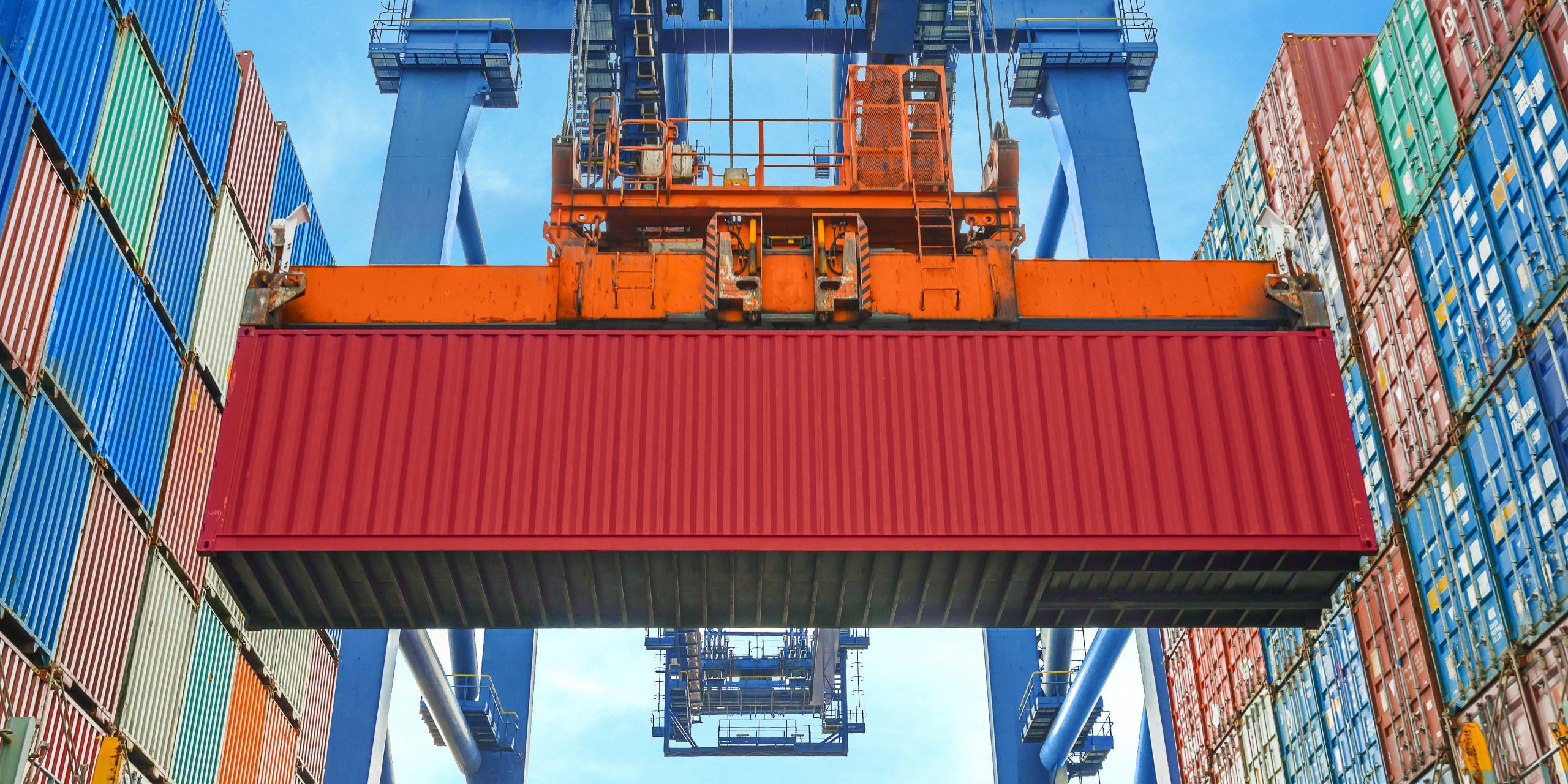Commodity Trading Risk Management (CTRM) software was originally used to record transactions after they had been carried out and to report on activity. However, in the decades since the original CTRM systems were created, technologies and the business itself have undergone massive and dramatic change, meaning that traditional legacy CTRM systems are now very limited in scope and this, in turn, severely limits the effectiveness of those who are using them.
Introducing commodity management software
Commodity management software provides much broader functionality than the usual CTRM; supporting trading organisations with additional trading and risk management features and through the entire supply chain, as well as being based on technology designed for teamwork. Rather than acting as a repository of information or a record that traders need to update after they have completed an action, commodity management software allows individuals to use the system to speed up their everyday tasks with the added benefit that any reporting is handled automatically.
The other major benefit of this additional functionality is its ability to reduce workloads and improve efficiency through automation. Once traders enter data as part of the contract creation process, this data is used across other functions too; it is automatically checked against risk controls and generates a contract at the click of a button. The contract data then populates instructions and deadlines for the back office and is automatically added to their documents including shipping instructions and invoices.
“All [Gen10 users] have said that once they started using Gen10 their working day has become a lot more manageable, a lot easier, quicker, slicker and faster.”
Tony Fox, Corrie MacColl
Logistics technology
Commodity management technology also benefits more of the organisation than a traditional CTRM. As well as giving risk management and other middle office teams the information they need for more proactive decision making, commodity management technology provides unprecedented benefits to operations teams, for example.
As it does for traders, Gen10’s commodity management technology, CommOS, automates processes and generates documents for operations teams. The automation workflows are flexible and can be set up according to your own processes for more efficient, more compliant ways of working. Operations teams are notified when they need to become involved in a given trade and have a calendar of their associated tasks and deadlines. Your automation workflows determine who is notified and in what instances, for example if contracts need to be sent for approval before the next action.
The sheer amount of data created by all users operating within the one system, with no need for spreadsheets or offline processes, provides operators a complete overview of your positions and gives them the optionality to add greater value by optimising shipments and logistics. Operators can view your inventory or “lots” by location, complete with representation on a map, and view only unallocated stock. Lot allocations include checks and controls including warnings if stock is over-allocated or is an incorrect grade.
You can also specify whether a lot requires inspection and when, and update stock based on the results. Lots can also be split by nett or gross weight at the click of a button to match contracts and, depending on the commodity, can be mixed to reflect tank storage whilst maintaining your traceability information.
Shipments and schedules are also controlled in detail through CommOS, including adding trans-shipping options and multiple transport modes. Many small automated actions occur to provide incremental time-savings and prevent errors, for example when multiple shipments are added to a contract, the quantities are automatically populated (but can of course be edited by operators).
There is also the opportunity to specify which documents are mandatory for each shipment and the technology will prevent the shipment being sent until these documents are attached. Again, this saves time and reduces the risk of errors, so that operators can act with confidence and compliance, yet maintain the flexibility they need to be truly effective.
CommOS also helps operations teams manage the financial aspects of their role within the one system. They can add cost estimates for each shipment and contract, as well as compare the actual vs budget for complete oversight and continuous improvement.
Commodity management software provides much more than a traditional CTRM across all the job roles that use it, automating processes and reducing workloads for users from traders to risk and finance managers, and beyond. But the extra logistics functionality this software also provides opens up a whole new realm of possibilities, with operations teams now able to conduct their day-to-day activities within the same system as traders. Organisations can now share information both ways and create an environment where all teams benefit both from automation and from the optionality delivered by full visibility of the entire commodity management process in one system.
Want to read more?
Subscribe now for monthly updates
By submitting your details you agree that we can store your data and communicate with you. You can opt out of these communications at any time. Read all in our Privacy Policy.



